Home>Furniture & Design>Bathroom Accessories>How Much Does A Toilet Bowl Weigh
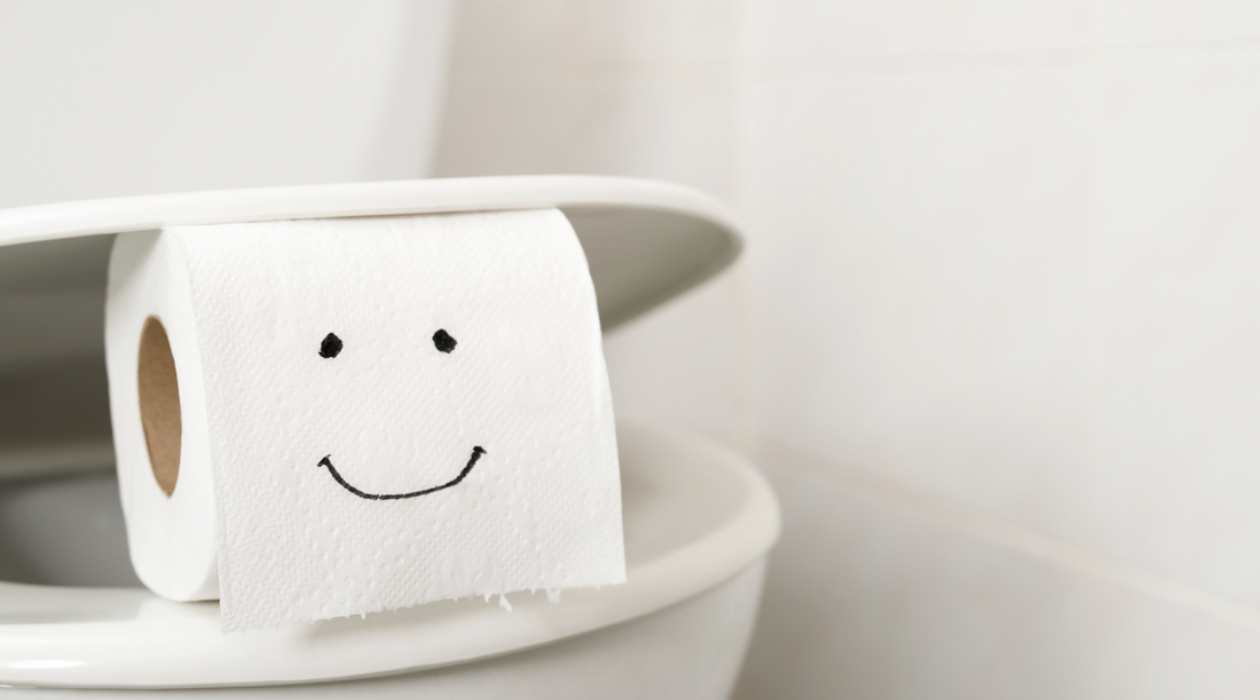

Bathroom Accessories
How Much Does A Toilet Bowl Weigh
Modified: February 28, 2024
Discover the weight of toilet bowls and other bathroom accessories. Learn how much they weigh and find the right products for your needs. Explore our comprehensive guide now!
(Many of the links in this article redirect to a specific reviewed product. Your purchase of these products through affiliate links helps to generate commission for Storables.com, at no extra cost. Learn more)
Introduction
When it comes to bathroom fixtures, the toilet bowl is a fundamental component that plays a crucial role in our daily lives. Whether you're renovating a bathroom, replacing an old toilet, or simply curious about the weight of this essential fixture, understanding the factors that influence the weight of a toilet bowl can provide valuable insights. From the materials used in its construction to the type of toilet bowl, various elements contribute to its overall weight.
In this comprehensive guide, we will delve into the factors that affect the weight of a toilet bowl, explore the standard weight of a typical toilet bowl, examine the weight variations among different types of toilet bowls, and provide practical tips on how to safely move a heavy toilet bowl. By the end of this article, you will have a deeper understanding of the intricacies surrounding the weight of toilet bowls, empowering you to make informed decisions when dealing with these essential bathroom accessories.
Key Takeaways:
- Toilet bowl weight varies based on material, design, and features. Standard weight ranges from 60 to 100 pounds, with round bowls lighter than elongated ones. Understanding weight helps in safe handling and installation.
- Moving a heavy toilet bowl requires turning off water supply, disconnecting parts, and lifting with care. Proper tools and attention to detail ensure a smooth and risk-free relocation process.
Read more: How Much Does A Recliner Weigh
Factors Affecting Toilet Bowl Weight
The weight of a toilet bowl is influenced by several key factors, each of which contributes to the overall mass of this essential bathroom fixture. Understanding these factors is crucial for anyone involved in the installation, replacement, or maintenance of toilet bowls. Let's explore the primary elements that affect the weight of a toilet bowl:
1. Material Composition:
The material used in the construction of a toilet bowl significantly impacts its weight. Traditional toilet bowls are typically made of vitreous china, a type of ceramic material known for its durability and smooth surface. This material is relatively heavy, contributing to the overall weight of the toilet bowl. However, advancements in toilet design have led to the use of alternative materials such as porcelain and plastic, which can result in lighter toilet bowls.
2. Design and Size:
The design and size of the toilet bowl play a crucial role in determining its weight. Standard round or elongated bowls have different dimensions, which can affect their weight. Additionally, the presence of additional features such as a concealed trapway, integrated bidet functions, or enhanced flushing mechanisms can add to the overall weight of the toilet bowl.
3. Water Capacity:
The water capacity of the toilet bowl, particularly in models with larger tanks or dual-flush systems, can contribute to its weight. The volume of water held within the bowl and tank affects the overall mass of the fixture, making it an important factor to consider when evaluating the weight of a toilet bowl.
Read more: How Much Does A Bed Weigh
4. Additional Features:
Modern toilet bowls often come equipped with various additional features such as soft-close seats, built-in deodorizers, and antimicrobial surfaces. While these features enhance the functionality and comfort of the toilet bowl, they can also add to its overall weight.
5. Manufacturing Techniques:
The manufacturing process and techniques used by different brands and manufacturers can impact the weight of a toilet bowl. Variations in molding, glazing, and finishing processes can result in differences in weight among toilet bowl models.
By considering these factors, it becomes evident that the weight of a toilet bowl is not solely determined by its basic structure, but rather by a combination of design, materials, and additional features. This understanding is essential for anyone seeking to select, install, or handle toilet bowls effectively.
Standard Weight of a Toilet Bowl
The standard weight of a toilet bowl can vary depending on several factors, including the materials used, design, and manufacturing processes. Typically, a conventional vitreous china toilet bowl, which is the most common material for toilet construction, weighs between 60 to 100 pounds (27 to 45 kilograms). This weight range encompasses both the bowl and the tank, as they are often sold as a single unit.
The weight of a toilet bowl is also influenced by its size and shape. Standard round bowls tend to be lighter compared to elongated bowls due to their compact dimensions. Elongated bowls, while providing added comfort, can weigh slightly more due to their extended shape and larger surface area.
In addition to the bowl itself, the weight of a toilet bowl is also affected by the tank, seat, and any additional features it may have. The tank, which holds the water for flushing, can contribute significantly to the overall weight of the toilet. Furthermore, modern toilet bowls may come with features such as soft-close seats, bidet functions, or advanced flushing mechanisms, all of which can add to the total weight.
It's important to note that while the standard weight range provides a general guideline, variations exist among different models and brands. Some manufacturers may produce lighter toilet bowls by utilizing alternative materials such as porcelain or plastic, without compromising on durability and performance. These variations in weight offer consumers a range of options to suit their specific needs and installation requirements.
Understanding the standard weight of a toilet bowl is essential for various scenarios, such as transportation, installation, and replacement. Whether you're a homeowner embarking on a bathroom renovation project or a professional plumber handling toilet installations, having a clear understanding of the standard weight of a toilet bowl enables informed decision-making and ensures safe and efficient handling of this essential bathroom fixture.
Weight of Different Types of Toilet Bowls
When it comes to the weight of toilet bowls, it's essential to consider the variations that exist among different types and styles. Understanding the weight differences between various toilet bowl types can provide valuable insights for homeowners, contractors, and plumbers, guiding them in selecting the most suitable option for their specific needs. Let's explore the weight variations among different types of toilet bowls:
Read more: How Much Does A Ladder Weigh
1. Round Toilet Bowls:
Round toilet bowls are known for their compact dimensions, making them an ideal choice for smaller bathrooms or powder rooms. In terms of weight, round bowls are generally lighter compared to elongated bowls due to their smaller size. A standard round toilet bowl typically weighs between 60 to 90 pounds (27 to 41 kilograms), encompassing both the bowl and the tank. The reduced weight of round bowls makes them easier to handle during installation and transportation.
2. Elongated Toilet Bowls:
Elongated toilet bowls are favored for their enhanced comfort and modern aesthetic. However, the elongated shape and larger surface area contribute to a slightly higher weight compared to round bowls. On average, an elongated toilet bowl weighs between 90 to 100 pounds (41 to 45 kilograms), including the bowl and the tank. The added weight is a result of the elongated design, which provides additional seating space and a contemporary look.
3. Wall-Mounted Toilet Bowls:
Wall-mounted toilet bowls, also known as wall-hung toilets, offer a sleek and space-saving solution for modern bathrooms. These innovative fixtures are mounted directly to the bathroom wall, creating a floating appearance and facilitating easy cleaning of the floor beneath. In terms of weight, wall-mounted toilet bowls are generally lighter compared to traditional floor-mounted models. A standard wall-mounted toilet bowl typically weighs between 50 to 80 pounds (23 to 36 kilograms), making them a practical choice for both residential and commercial settings.
4. One-Piece vs. Two-Piece Toilet Bowls:
In addition to the shape and mounting style, the construction of the toilet bowl also influences its weight. One-piece toilet bowls, which feature a seamless tank and bowl design, tend to be heavier compared to two-piece toilet bowls, where the tank and bowl are separate components. The weight of a one-piece toilet bowl can range from 80 to 120 pounds (36 to 54 kilograms), while a two-piece toilet bowl may weigh between 70 to 100 pounds (32 to 45 kilograms). This weight variation is attributed to the integrated nature of one-piece models, which offer a streamlined and contemporary appearance.
Understanding the weight variations among different types of toilet bowls is essential for anyone involved in bathroom renovations, construction projects, or plumbing installations. By considering the weight implications of various toilet bowl types, individuals can make informed decisions and ensure seamless integration of these essential fixtures into their living spaces.
Read more: How Much Does Glass Weigh
How to Safely Move a Heavy Toilet Bowl
Moving a heavy toilet bowl requires careful planning and execution to ensure the safety of both the individuals involved and the integrity of the fixture. Whether you're replacing an old toilet or relocating a bathroom fixture during renovations, following proper procedures is essential for a smooth and risk-free process. Here are the key steps to safely move a heavy toilet bowl:
-
Gather Essential Tools: Before attempting to move the toilet bowl, gather the necessary tools and equipment. This may include adjustable wrenches, screwdrivers, a putty knife, a utility knife, gloves, and a heavy-duty dolly or cart. Having these tools readily available will streamline the disassembly and transportation process.
-
Turn Off the Water Supply: Begin by shutting off the water supply to the toilet. Locate the shut-off valve behind the toilet and turn it clockwise to stop the flow of water. Once the water supply is turned off, flush the toilet to drain the remaining water from the tank and bowl.
-
Disconnect the Water Supply Line: Use an adjustable wrench to disconnect the water supply line from the toilet tank. Place a bucket or towel beneath the connection to catch any residual water. Ensure that the water supply line is completely detached before proceeding.
-
Remove the Tank: Unscrew the bolts securing the toilet tank to the bowl using a screwdriver or wrench. Carefully lift the tank off the bowl and place it in a safe location. The tank can be heavy, so it's advisable to have assistance when lifting and carrying it.
-
Detach the Bowl from the Floor: Loosen the bolts or nuts securing the toilet bowl to the floor flange. Once the bolts are removed, gently rock the bowl from side to side to break the seal with the wax ring. Use a putty knife to scrape away any remaining wax from the flange.
-
Lift and Transport with Care: With the assistance of another person, carefully lift the toilet bowl from the floor and place it on a sturdy dolly or cart. Secure the bowl in place to prevent any shifting during transportation. Exercise caution to avoid straining your back or causing damage to the bowl.
-
Prepare for Reinstallation: Once the toilet bowl is safely transported to its new location, cover the flange opening with a rag to prevent any debris from entering the drain pipe. Inspect the wax ring for any damage and replace it if necessary before reinstalling the toilet bowl.
By following these steps, you can safely move a heavy toilet bowl without risking injury or damage to the fixture. It's important to approach the process with patience and attention to detail, ensuring a successful and secure relocation of this essential bathroom fixture.
Conclusion
In conclusion, the weight of a toilet bowl is influenced by a myriad of factors, including the material composition, design and size, water capacity, additional features, and manufacturing techniques. Understanding these elements is crucial for anyone involved in the selection, installation, or handling of toilet bowls. The standard weight of a toilet bowl typically ranges from 60 to 100 pounds, encompassing both the bowl and the tank, with variations based on the type, size, and additional features.
Moreover, the weight of different types of toilet bowls varies, with round bowls generally being lighter than elongated bowls, and wall-mounted toilet bowls offering a lighter alternative to traditional floor-mounted models. The distinction between one-piece and two-piece toilet bowls also contributes to weight variations, with one-piece models typically being heavier due to their integrated design.
When it comes to safely moving a heavy toilet bowl, proper planning and adherence to essential steps are paramount. From gathering the necessary tools to disconnecting the water supply, removing the tank, detaching the bowl from the floor, and transporting it with care, each stage requires attention to detail and caution to ensure a smooth and risk-free process.
By considering the weight implications of different types of toilet bowls and following the recommended safety measures, individuals can make informed decisions and handle these essential bathroom fixtures with confidence and efficiency.
In essence, the weight of a toilet bowl is not merely a numerical value but a reflection of the intricate design, functionality, and construction that define this indispensable bathroom accessory. Whether you're a homeowner embarking on a renovation project or a professional plumber tasked with toilet installations, understanding the weight dynamics of toilet bowls empowers you to navigate the selection, handling, and installation processes with proficiency and insight.
Frequently Asked Questions about How Much Does A Toilet Bowl Weigh
Was this page helpful?
At Storables.com, we guarantee accurate and reliable information. Our content, validated by Expert Board Contributors, is crafted following stringent Editorial Policies. We're committed to providing you with well-researched, expert-backed insights for all your informational needs.







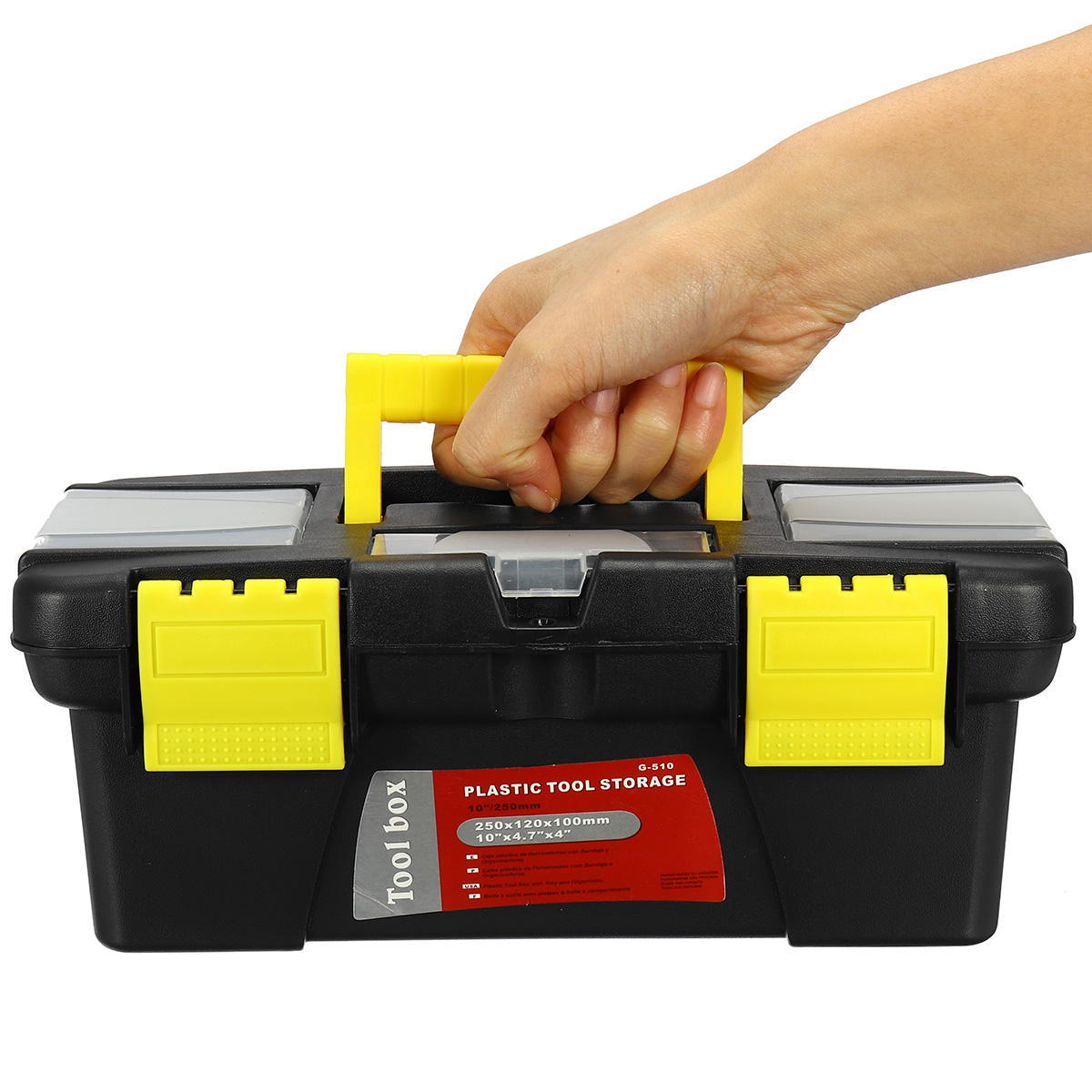
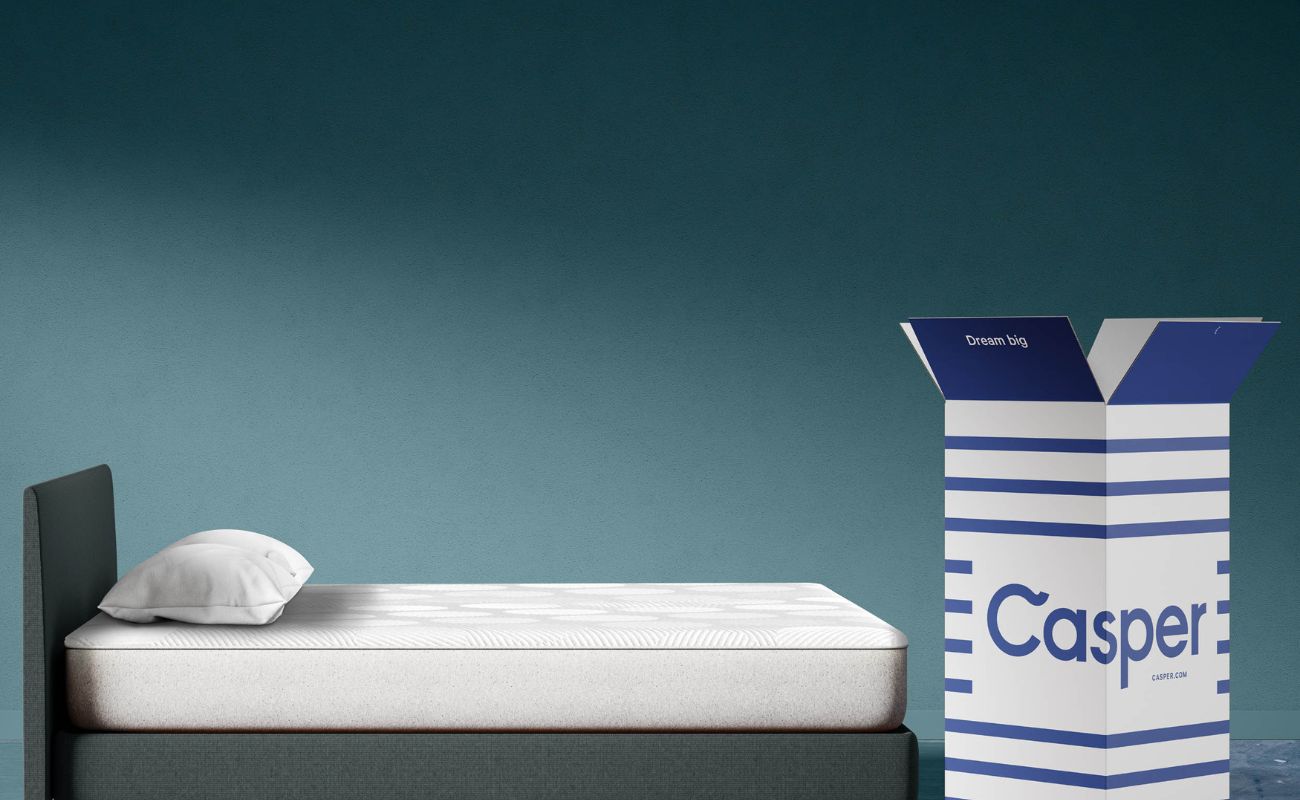
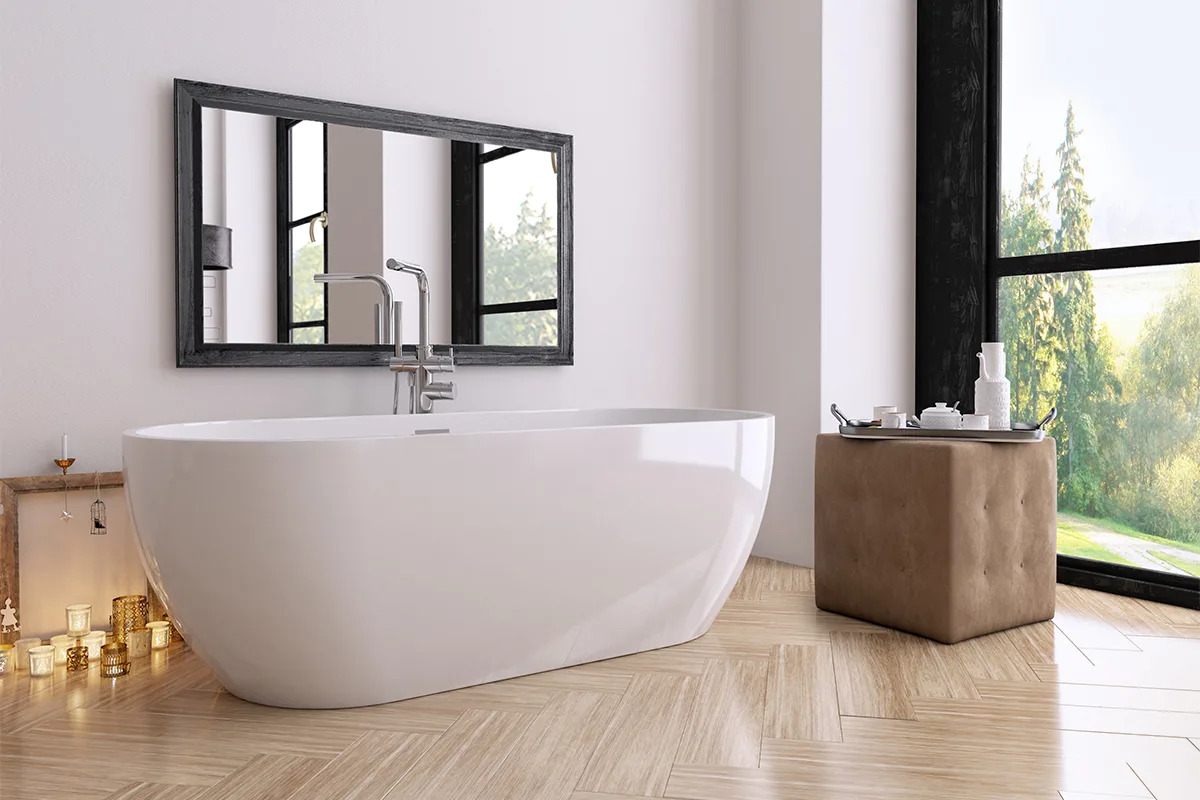

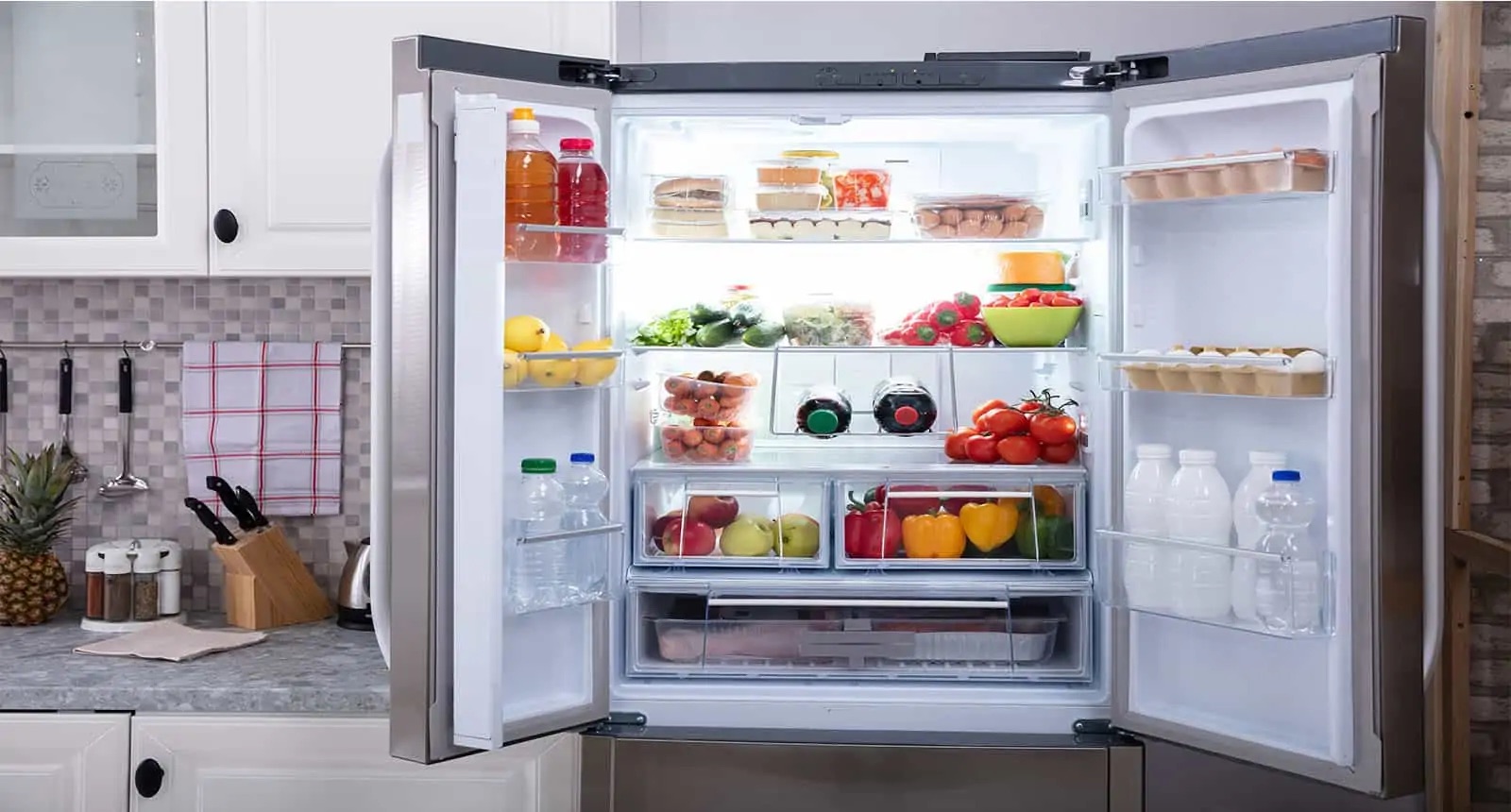

0 thoughts on “How Much Does A Toilet Bowl Weigh”